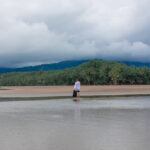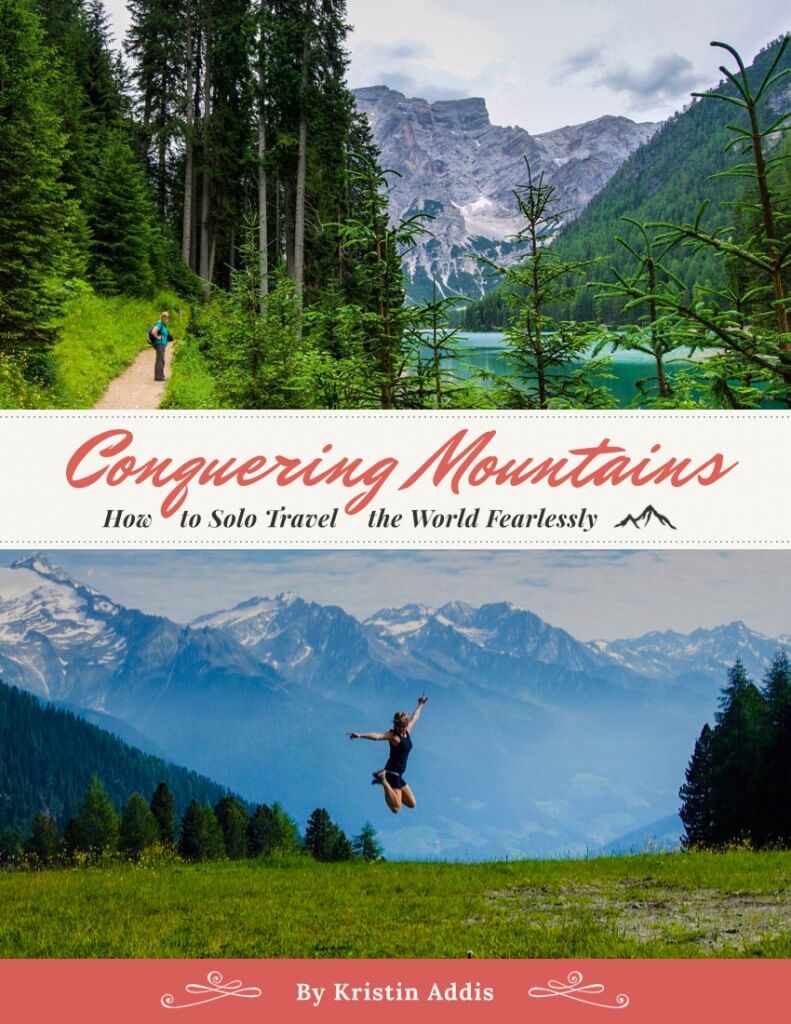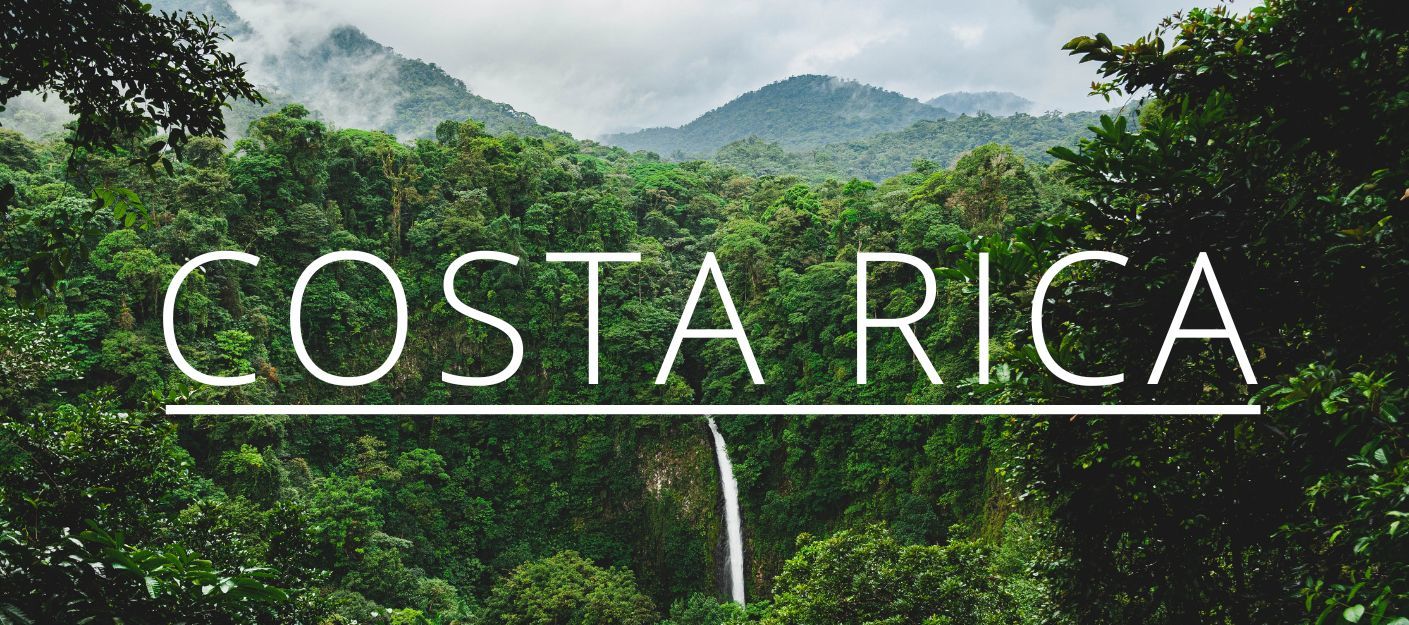
Costa Rica is one of the world's leading countries when it comes to eco tourism, making it the perfect destination for nature lovers.
As one of the most biodiverse countries in the world, Costa Rica offers just as much variety on scenery as it does with plants and animals. From the mystical cloud forests of the country's interior to the dramatic cliffs on the Pacific coast to the soft white sand beaches on the Caribbean side, Costa Rica has so much to offer any kind of traveler.
Where in Costa Rica?

Costa Rica
Quick Tips
- 'Hello' and 'Thank You' in Spanish: "Hola" and "Gracias"
- Currency: Costa Rican colon (click here for current conversion rates) and US dollar.
- Safety rating: Ranked 38 on the Global Peace Index with a score of 1.73 (USA is ranked 128 with a score of 2.4). I felt safe everywhere in Costa Rica, although some areas of the capital city San José are not as safe.
- Solo Travel Friendliness: Considering how safe Costa Rica is in general, it's no surprise that it's ideal for solo female travelers. Locals are generally very friendly, social, and hospitable. Meeting other solo female travelers is easier if you stay in hostels, especially more social ones like Selina which you can find in many parts of the country.
- Climate: Dry season for most of the country is from December to April and wet season from May to November. The Caribbean side has a different dry season, though, which is September and October (which coincides with sea turtle hatching season). Everywhere in Costa Rica you'll encounter thick humidity, which can be taxing on your electronics.
- Best SIM Cards: Claro cards are the most widely used and you can use them in other Central American countries as well. You need your passport to register your number.
Accommodation
Budget Solo Travelers ($16-20): Hostel dorm rooms are as low as $16/night throughout the country, with prices being more expensive in Manuel Antonio and La Fortuna, especially. Many places, like Cascada Verde Hostel where I stayed in Uvita, offer free breakfast.
Mid-Range Solo Travelers ($28 & up): There's quite a range of private rooms in hostels, Airbnbs and hotels throughout Costa Rica. There are some gems on Airbnb like this place in Manuel Antonio and this one in Monteverde that were a great value. From there, mid-range accommodations go up all the way to $70-80 for decent hotel rooms.
Food
Street food ($1-3): If you're in a pinch and want to get a quick, cheap bite, street foods like empanadas or grilled meat skewers are a great option. Generally, street food in Costa Rica is safe to eat, especially if it's in a big market. A good rule of thumb is to go to the places where there's already a line of hungry customers waiting. Although it'll take longer to get your snack, the line means that it's obviously worth waiting for.
Sodas ($4-7): These small restaurants are clearly labeled as sodas and usually serve a traditional plate called a casado. Casados include gallo pinto (rice and black beans), a small salad, some plantains, and a protein of your choice. These are great for a cheap, filling meal and are excellent places to meet local people.
Local Restaurants ($10-15): Restaurants in touristy areas can be pretty expensive, some even surpassing prices in the States. I suggest looking up the menu of a restaurant online before you visit to make sure the prices aren't outrageous. A typical meal should cost around $10-15 at a restaurant.
Transportation
Getting There: Most people fly into Costa Rica's largest international airport in San José, although you could also fly into Liberia. There are also bus companies like Tracopa that have transport between Costa Rica and neighboring countries if you are traveling by land. These international buses are pretty safe, efficient, and cheap.
Getting Around Town: In big cities like San José, there are buses that are cheap but fairly difficult to use if you don't know the city very well. Official taxis are most travelers' preferred mode of transportation within cities and towns and are always red. Non-red taxis are not official but are the only option in some places like Uvita and other small towns. Uber is available in San José and other big cities, although it is technically illegal in Costa Rica.
Inter-city Traveling: Getting between cities and towns in Costa Rica is very easy on the coasts, but is more difficult in the interior. Look up bus routes and times beforehand to see if you want to spend the extra time taking public transit as opposed to the many shuttles that are available (although they can be very expensive). Renting a car is a great option if you're looking for ease, but rental prices start at $80/day and gas is extremely expensive in Costa Rica, almost double the prices as many places in the US even.
Things to Do
Beach hopping on the Pacific coast: From beautiful Uvita with Marino Ballena National Park taking up the coastline to the chill surf town of Dominical and the hyped-up beaches of Manuel Antonio, the Pacific coast offers some incredible sights.
Explore San José: A lot of travelers skip over San José because of its reputation as being a dirty, crappy city. I totally disagree with this sentiment as I thought San José offered an awesome look at Costa Rican culture, gastronomy, and everyday city life.
See wildlife at the national parks: If Costa Rica has one thing that truly blew my mind, it's the insane amount of wildlife in the national parks. Manuel Antonio and Tortuguero were the most impressive ones to me, as I caught a glimpse of sloths, monkeys, spiders, snakes, anteaters, and plenty more animals.
Relax in hot springs in La Fortuna: Due to volcanic activity from the Arenal volcano, La Fortuna is bubbling over with peaceful hot springs and even a hot river. There is a free hot river that you can visit, along with several hot springs resorts, many of them with day passes that you can purchase.
Cross hanging bridges in the Monteverde Cloud Forest: Monteverde was my favorite place in Costa Rica, as it is unlike any other places I had been to before. The cloud forest itself is a mystical wonderland of unique plants and animals, with majestic hanging bridges that are fun to cross.
Canoe through the canals of Tortuguero: Often compared to the Amazon, Tortuguero is an island on Costa Rica's Caribbean coast with a whole host of peaceful canals that you can explore via canoe. While you paddle, you'll be able to observe wildlife and catch a glimpse of local flora as well.
Posts About Costa Rica
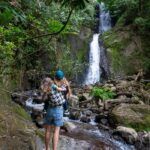
Is El Silencio Lodge & Spa Worth it? An Honest Review

Review: Hacienda AltaGracia – The Ultimate Luxury Escape in Costa Rica

Tabacón Thermal Resort & Spa – Worth Staying or Just for a Day Pass?

Review: The Andaz Papagayo Costa Rica – A Luxury, Kid-Friendly Escape

Is San José, Costa Rica Safe? One Traveler Weighs In

14 Things to Do in San José, Costa Rica (with Tips from a Local)
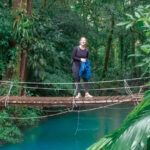
20 Things I Wish I Knew Before Visiting Costa Rica
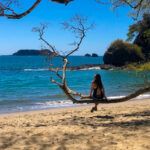
Costa Rica Pacific Coast: A Road Trip Itinerary
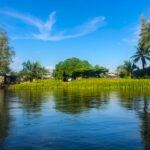
2023 Guide to Corcovado National Park (7 Things to Know!)

The 13 BEST Beaches in Costa Rica

The Best Costa Rica Tours (for Every Budget!)

Monteverde or La Fortuna: Which Is better?
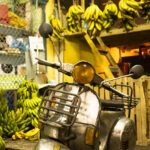
San José Food Tour: Is It Worth It?

Río Celeste Full-Day Tour: Is It Worth It?
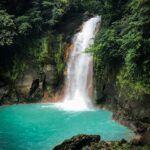
Your Guide to Tenorio Volcano National Park in Costa Rica
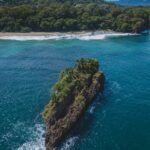
The 12 Most Beautiful Places in Costa Rica
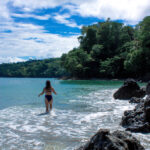
Costa Rica Itinerary Ideas: 7 Days, 2 Weeks, or 1 Month

What to Wear in Costa Rica for Any Type of Weather

The Best Time to Visit Costa Rica
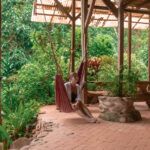
How Much Does a Costa Rica Trip Cost?
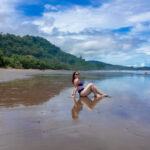
Is Costa Rica Safe? My Take as a Solo Female Traveler

Tortuguero National Park in Costa Rica: Everything You Need to Know

A Complete Guide to La Fortuna, Costa Rica
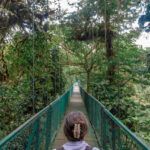
12 Reasons to Visit the Monteverde Cloud Forest in Costa Rica
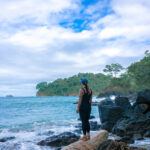
Manuel Antonio National Park, Costa Rica: Everything You Need to Know
